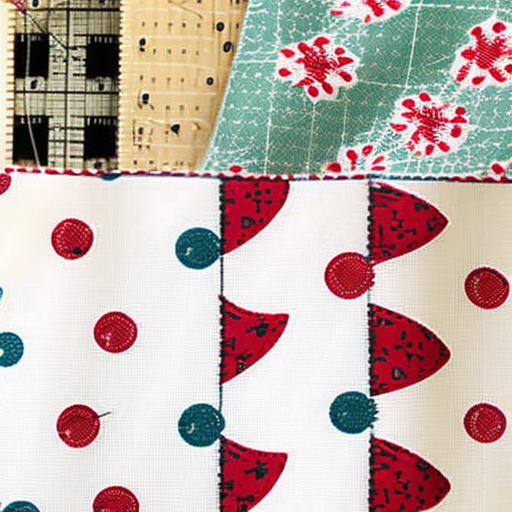
Sewing has been practiced for centuries, and throughout time, various sewing methods and techniques have evolved to meet different needs. Whether you are a seasoned seamstress or just starting out, understanding different sewing methods can greatly enhance your skills and allow you to create beautifully crafted garments or other DIY projects.
1. Hand Sewing
Hand sewing is one of the oldest and most fundamental sewing methods. It involves using a needle and thread to secure fabric pieces together, create intricate designs, or finish edges. Hand sewing is perfect for delicate fabrics, creating small details, or repairing items.
“Hand sewing allows for greater control and precision, making it ideal for intricate embroidery or delicate fabrics.”
2. Machine Sewing
Machine sewing revolutionized the sewing industry, allowing for faster and more efficient production. With a sewing machine, you can stitch fabric pieces together quickly and accurately. It is essential to understand the basics of machine sewing, including threading the machine, selecting appropriate stitches, and adjusting tension settings.
3. Serger Sewing
A serger, also known as an overlocker, is a specialized sewing machine used for creating professional-looking seams and finishing edges. It trims seam allowances, encloses raw edges, and creates strong, durable seams. Serger sewing is often used in garment construction and can give your projects a polished and neat finish.
4. Blind Stitching
Blind stitching is a hand or machine sewing technique used to create almost invisible stitches on the outside of a fabric. This method is commonly used for hemming garments, creating decorative edges, or attaching linings. The result is a seamless and clean finish that adds an element of professionalism to your sewing projects.
5. Quilting
Quilting is a sewing technique used to join a quilt’s three layers – the quilt top, batting, and backing fabric. It involves creating intricate stitching patterns that hold all layers together. Quilting can be done by hand or machine, and it allows you to create beautiful designs and textures on quilts, blankets, or other fabric projects.
6. Appliqué
Appliqué is a decorative sewing technique where small fabric pieces are sewn on a larger fabric piece to create a design or pattern. This method allows you to add texture, color, and visual interest to your sewing projects. Appliqué is commonly used in quilting, home decor, and garment embellishments.
7. Embroidery
Embroidery is the art of decorating fabric using needle and thread. It involves creating intricate designs, patterns, or pictures on fabric. Embroidery can be done by hand or using advanced computerized embroidery machines. This sewing method allows you to add personalized and intricate details to garments, accessories, or home decor items.
Conclusion
Mastering different sewing methods opens a world of possibilities for creating unique and beautifully crafted projects. Whether you prefer hand sewing for its precision or enjoy the efficiency of machine sewing, each technique has its place in the sewing realm. Experimenting with various methods will allow you to develop new skills and take your sewing projects to the next level.




